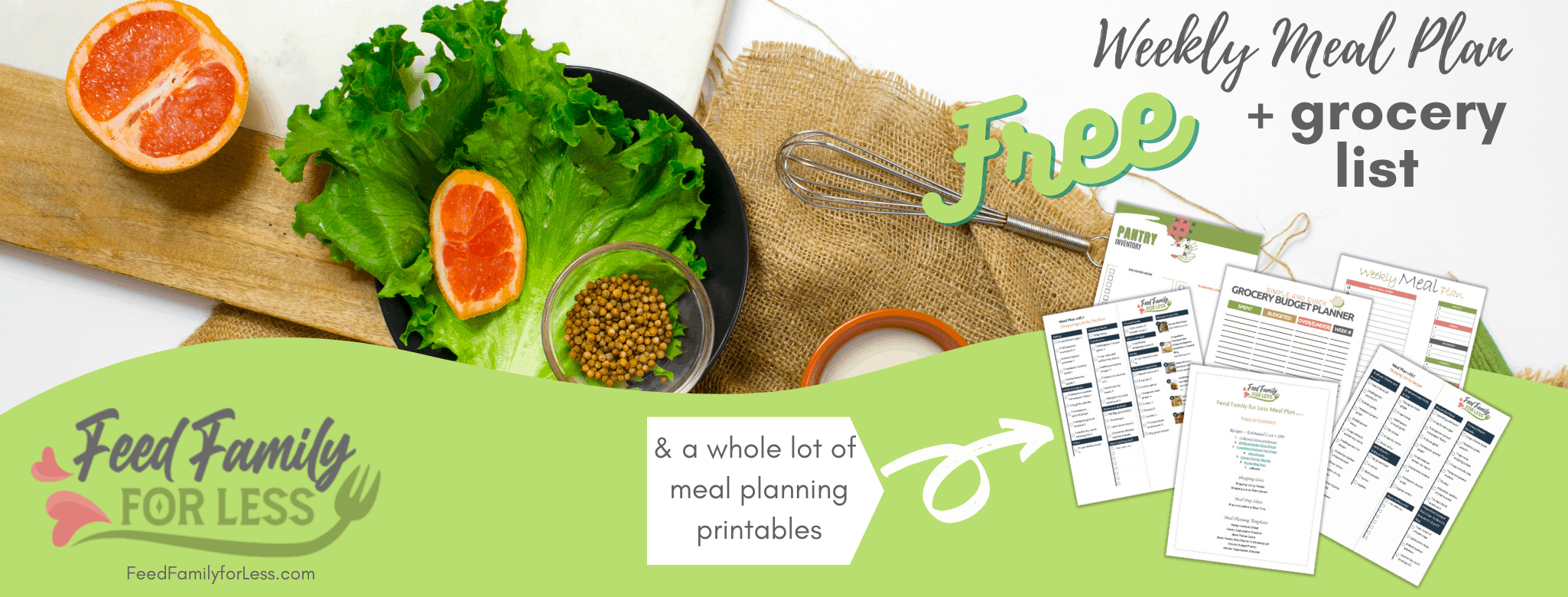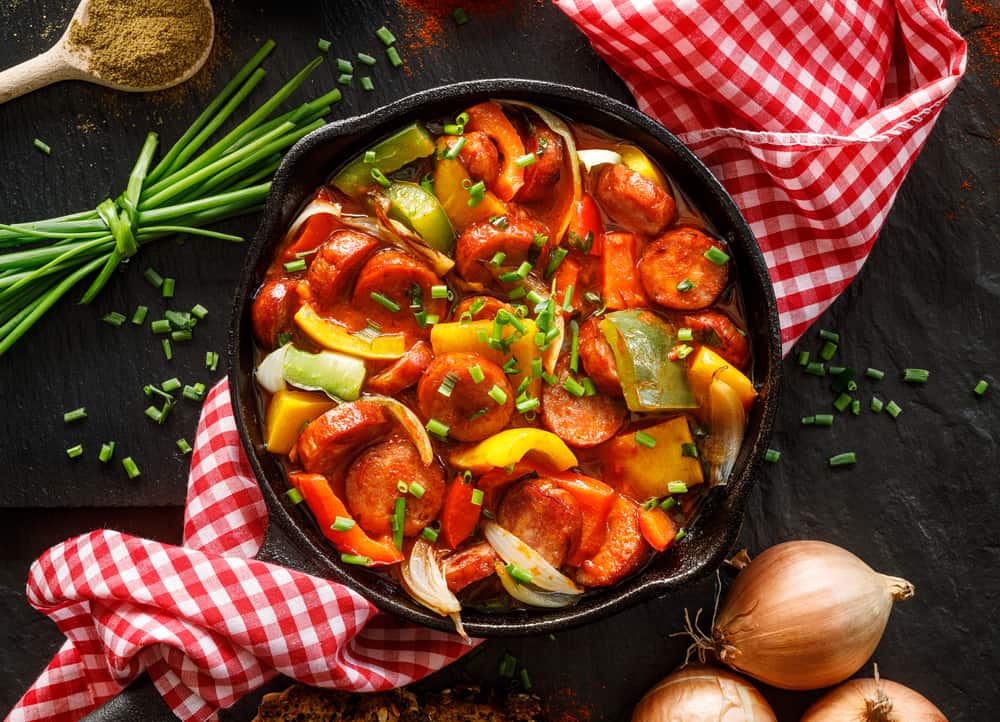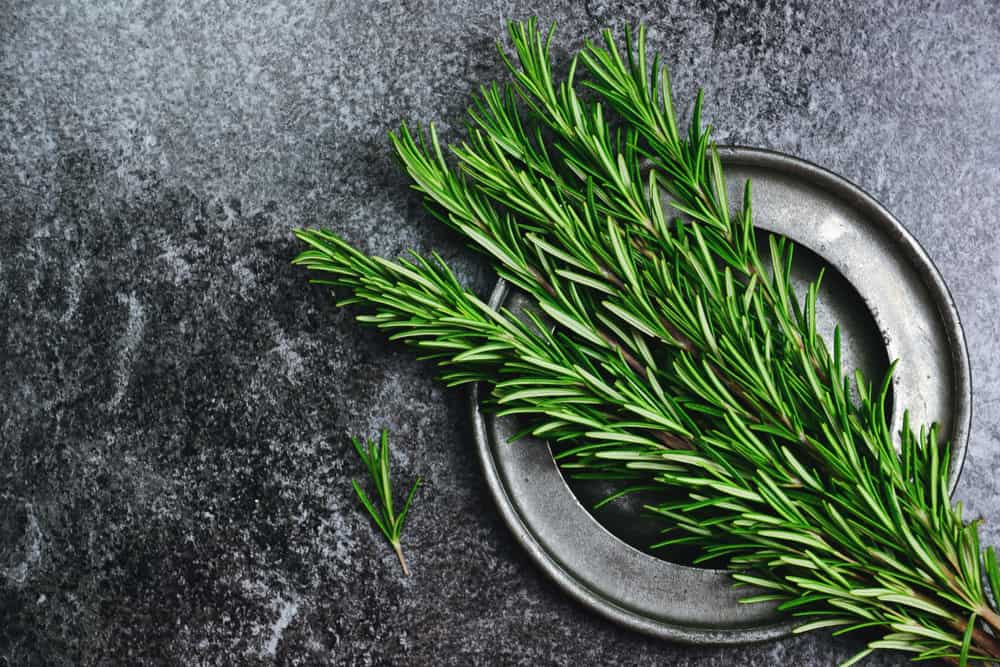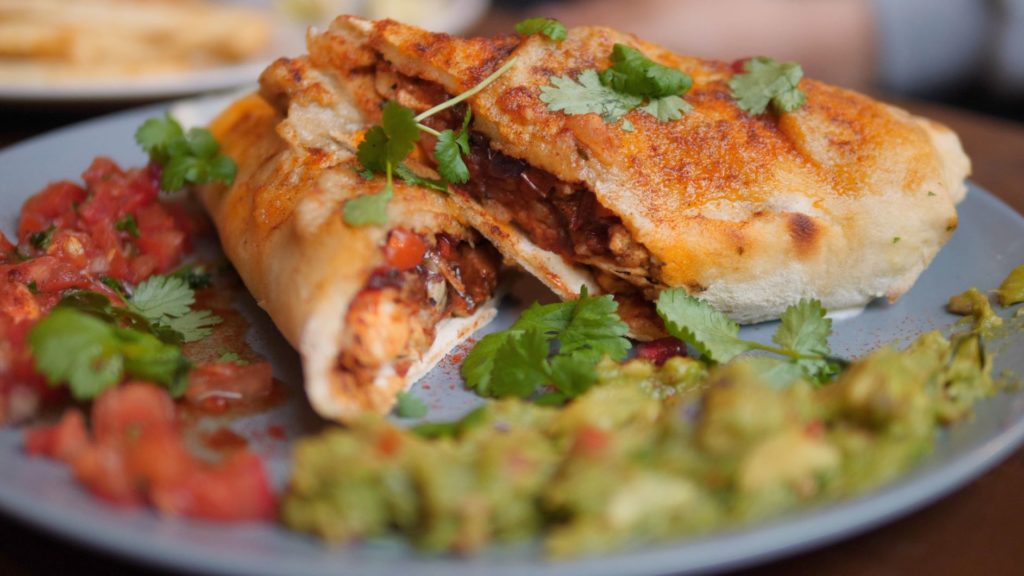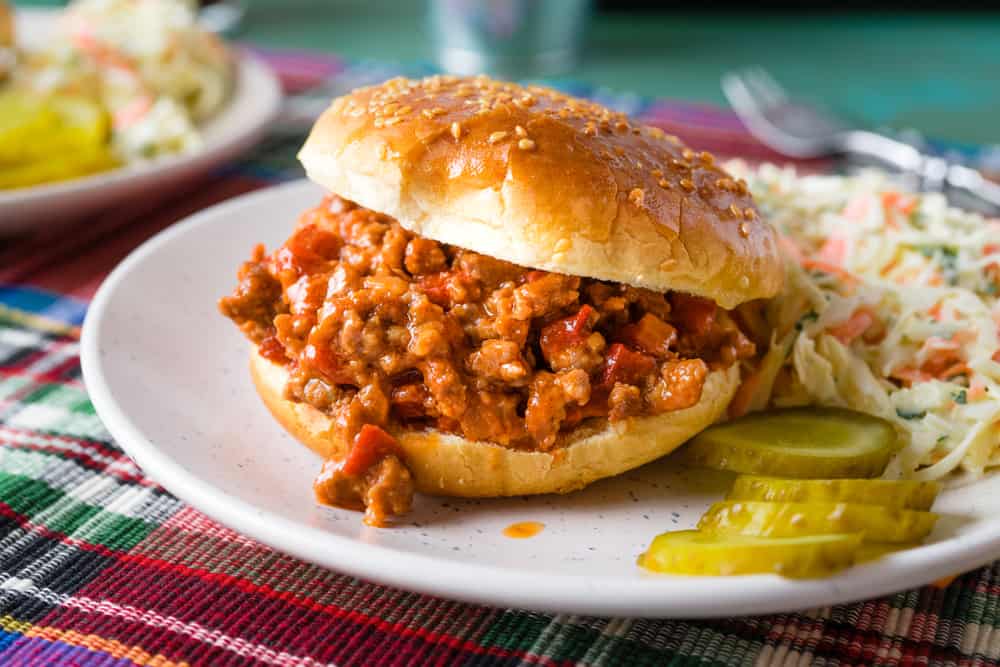Bananas are a tasty fruit containing essential nutrients that promote healthy digestion and heart health.
They’re great cut up on your morning oatmeal, eaten as a mid-morning snack, or even baked into a banana bread loaf. However, like all fresh produce, they do have a short shelf life.
When the banana’s skin is green, it’s a sign that the fruit is not quite ripe yet, and it’ll take about 2 to 5 days for them to ripen.
Once the bananas have ripened, they’ll be good for about 2-3 days when stored in the pantry, or about a week if kept in the refrigerator.
This post may contain affiliate links. Read my disclosure policy here.
How do you know if bananas are ripe?
Eating under-ripe bananas can cause digestive problems, as the nutrients are yet to be fully available to the body. Under-ripe bananas will also be harder and sourer to eat, and won’t taste as good.
You’ll know if a banana is ripe by looking at its skin: it should have changed from green to yellow and may also have some brown spots on the surface, though be aware that if it has longer, darker marks on it this could be bruising rather than a sign of ripeness.
Once the banana is ripe, you’ll also notice it feels softer in your hand when you squeeze it. Ripe bananas will also have no green on the stem, will fall off the stem easily, and will peel with no resistance.

How do you know if bananas are bad?
Everyone has their preference when it comes to bananas, some people prefer theirs under-ripe, while others like the sweetness of over-ripe bananas.
However, over-ripe bananas have started to ferment which can also cause digestive problems. They also become more sugary, which some people dislike, and have limited nutrients compared to ripe bananas.
Bad bananas will have turned brown or black – rather than the odd few brown spots – and this is a likely indication that the flesh of the fruit is bruised.
If the bananas feel too soft and are leaking liquid, it’s likely that they’re ready to toss in the trash. If you’re uncertain you can try a piece and judge it based on the taste. Some recipes, such as banana bread, work well with overly ripe bananas as this is when they’re at their sweetest.
If your bananas are in packaging and moisture has got to them, you may notice mold developing, in which case, they’re not much good.
You’ll know your bananas are at their optimal ripeness when:
- They have a few brown spots
- Feel soft to squeeze
- No green on the stem
- Easily snaps off the stem
- Easy to peel
- No noise when peeling
- Doesn’t leave a film on your teeth after eating
How to store ripe bananas
If you plan on consuming or using your ripe bananas in a recipe within the next day or two, you can simply keep them at room temperature. For longer storage time, it’s best to keep them in the refrigerator.
The coldness of the refrigerator basically stops the fruit from ripening, so while it may darken the skin of the banana, the flesh will remain unspoiled. You also don’t need to place them in any additional packaging, simply chuck the bunch of bananas in the fridge and you’re good to go.
If you prefer to peel the banana and cut it up into slices for baking or whizzing up in a smoothie, you can wrap the pieces in a freezer bag, cling wrap, or foil.
Ensure you wrap them tightly to reduce air exposure, and keep them refrigerated. Bear in mind that the slices will brown pretty quickly, but it’s possible to counteract this by sprinkling them with some lemon or lime juice.
Cut up bananas will last about 3-4 days if stored well in the refrigerator.
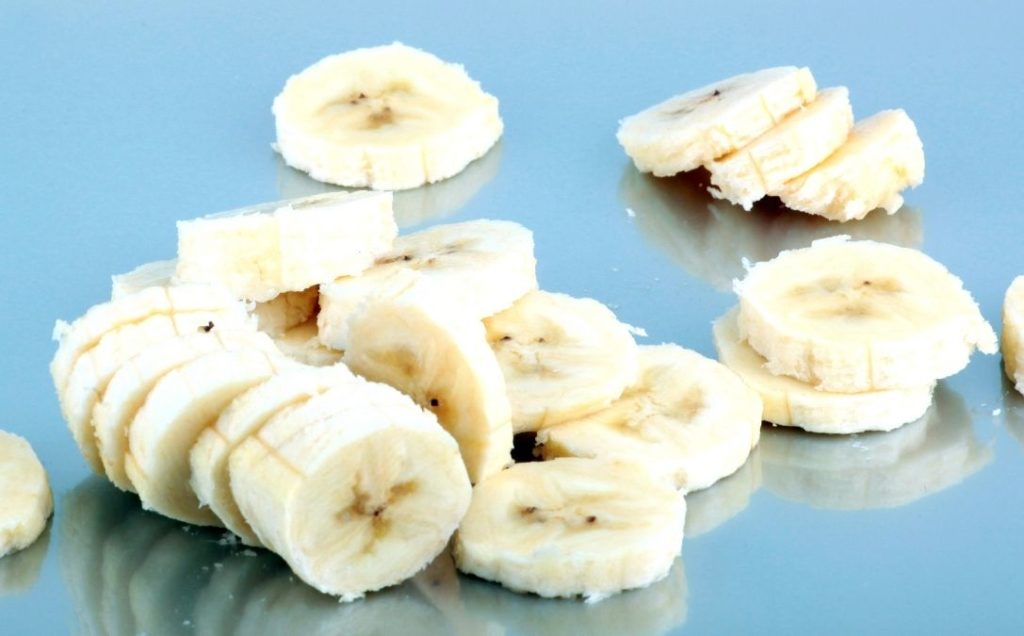
How to store dried bananas
On the other hand, if you’re using dried bananas, you can keep them in the pantry or kitchen as long as it’s cool and dry. However, if you live in a humid climate, the fridge is a better option.
Once you’ve opened the packet, you’ll need to seal it tightly, or, better still, transfer the dried banana into an airtight container and then place it in the fridge.
The dried banana will usually come with a use-by date, but since the fruit is dried it will last a pretty long time, however, you should still bear in mind that the quality will decline over time, so it’s best to finish the packet within a couple of months.
What to do with overripe bananas
If your bananas are over-ripe but you don’t want to toss them out, there are in fact a whole bunch of recipes out there that can make use of them.
Over-ripe bananas are naturally sweet and add moisture to a range of dishes such as banana bread, brownies, pancakes, and even ice-cream. For more ideas, check out Forks Over Knives’ website.
Final say
Bananas are one of the most versatile fruits out there, and, if you store them correctly, they can last you a good week or more.
Allow your bananas to ripen and then keep them in the fridge to prolong their shelf life, or alternatively, you can store your sliced banana for a few days in the refrigerator so you have a supply on hand for a quick smoothie or pancake mix whenever you fancy it.
Bananas are nutritious and healthy, but it’s important to eat them at their optimal ripeness: under-ripe and they’ll be less nutritious and tasty, and over-ripe and they’ll be bruised and full of sugar.
It’s best to eat your bananas when they’re yellow with a few brown spots and minimal green patches, they should feel soft to squeeze (but not too squishy) and should peel easily.
On the other hand, if you do find yourself with brown, over-ripe bananas, there are countless recipes you can use these for, including plenty of sweet treats like brownies or banana bread.
